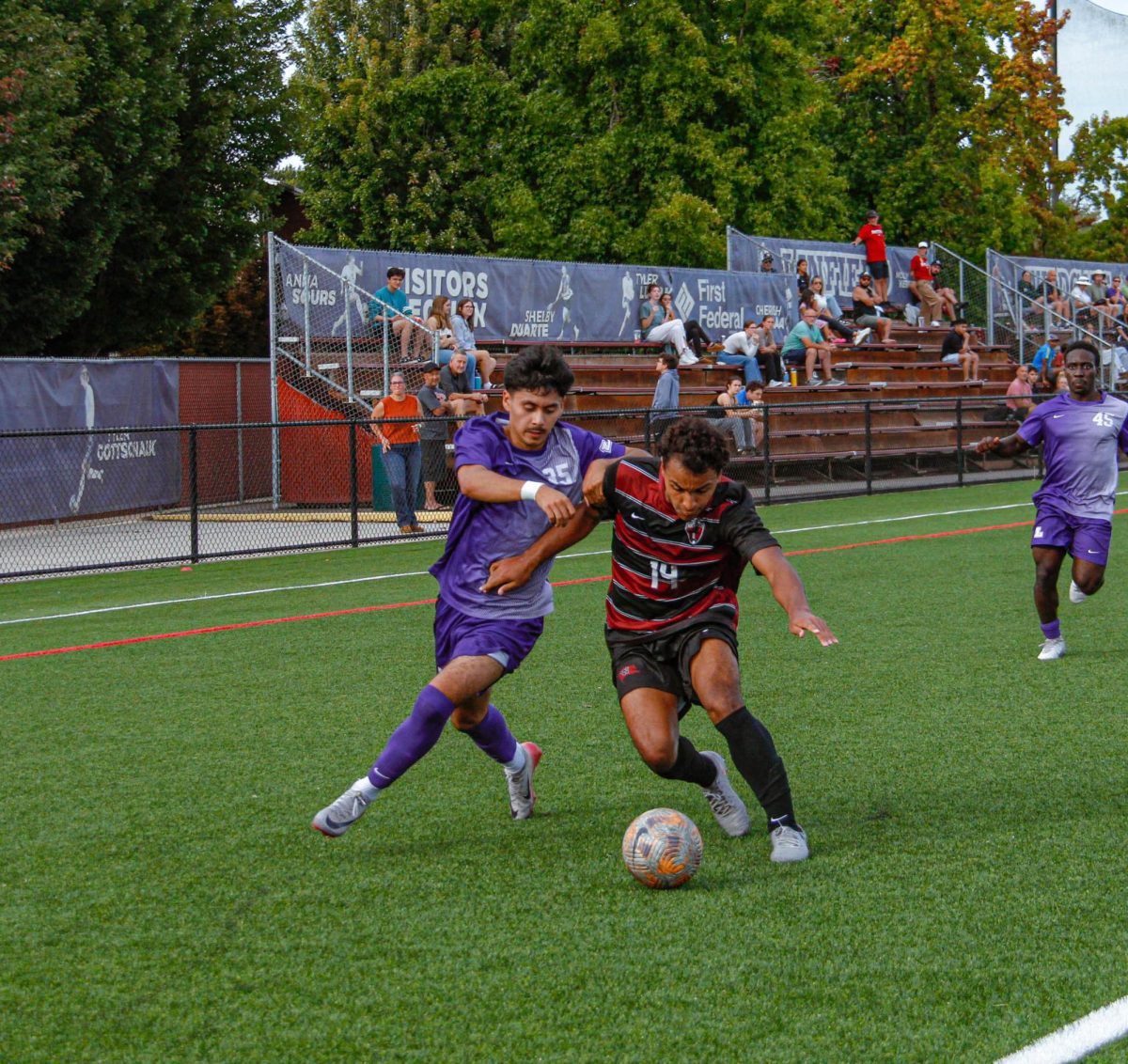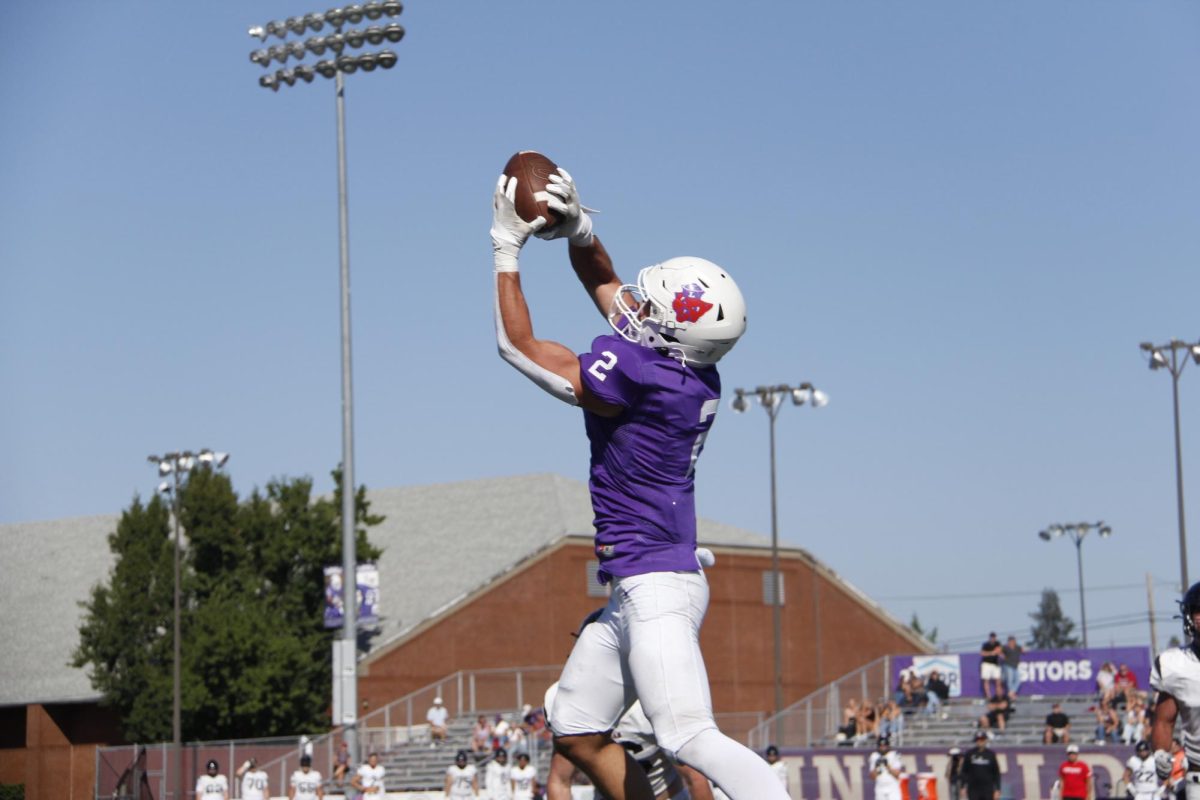Football is a contact sport. It’s violent, it’s rough. At times it’s downright brutal. Those crushing hits and big-time sacks are a major reason why football is America’s most-watched sport and why the game has continued to grow in popularity season after season. But there are rules and lines that should never be crossed, even in a sport as physical as football. Recently, one story has made me question how solid those lines really are.
Last month, the NFL’s New Orleans Saints found themselves in a whirlwind of trouble when it came to light that head coach Sean Payton and defensive coordinator Gregg Williams had been offering cash bounties to their defensive players to put big hits on certain players from an opposing team during the course of the past three seasons. Assistant head coach Joe Vitt and general manager Mickey Loomis were also implicated and all four men received suspensions ranging from six games to a full year.
Then the rabbit hole got deeper. After being warned by NFL commissioner Roger Goodell to cease their bounty program as it was under investigation again by NFL, Payton supposedly instructed Williams to avoid any “inappropriate conduct.” Williams apparently didn’t care. Last Thursday, an audio recording of a pre-game speech before the Saints’ playoff game against the San Francisco 49ers was released. The defensive coordinator calls for his players to lay hits to the head of a concussion-prone receiver, to target another player’s outside ACL and that he wanted running back Frank Gore’s head “sideways.”
I struggle to categorize how much of this is inappropriate rhetoric and how much is just a reality of the game. Calling for players to lay hits on an opposing player’s head, especially one who is concussion-prone, is the most cut-and-dry: the NFL has made it abundantly clear that hits to the head are illegal and subject to penalty by fine.
But what about targeting a part of a player’s body that’s been prone to injury? If you’re a defenseman heading in for a tackle against a player with a reconstructed shoulder, you’re probably thinking that a big hit on that shoulder could take that player out of the game. Is that wrong? You’re making a legitimate tackle in a legitimate way, and if you remove one key player from the opposing team you’ve just given your teammates an advantage.
As far as I know there’s nothing in the rule book that prevents targeting injured parts of the body. In fact, I’m willing to bet that whether it’s openly discussed in the locker room or not most teams have an understanding that it’s just part of the game. Whether you think it’s ethically acceptable or not, players are always going to do whatever they can legally get away with to gain a competitive advantage. That’s just the reality of sports.
If the NFL uses this development to create new legislation that bans any kind of targeting then it’ll be time to change our collective thinking. But until then, it’s just d-fense.
___________________________________________________________________________________________
Chris Forrer/Sports columnist
Chris Forrer can be reached at [email protected].






